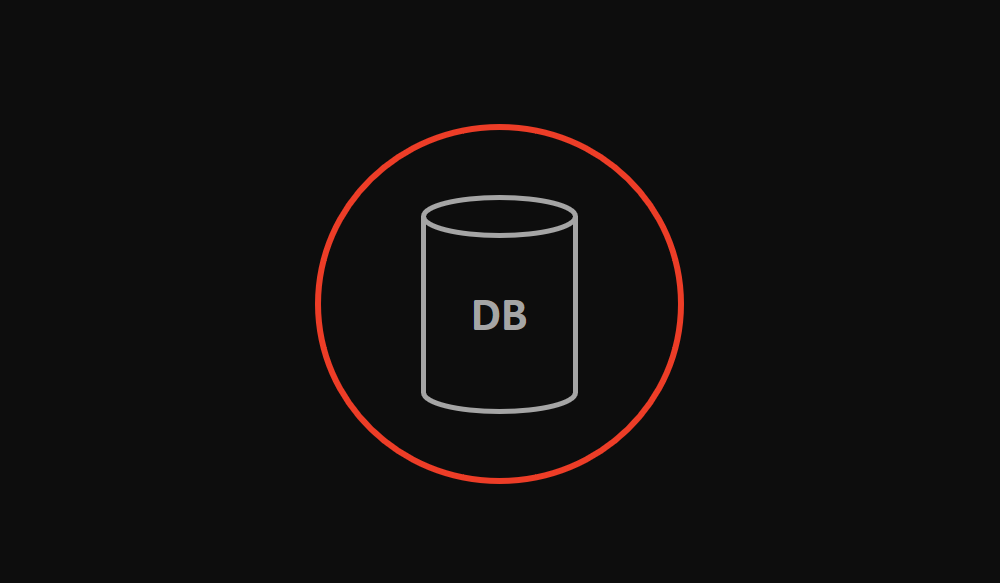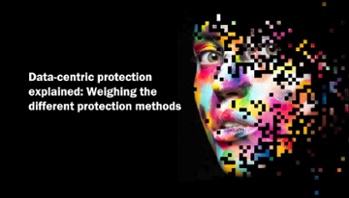The trend towards digital transformation means companies are using and monetizing data more and more. Today, there is not only more data, data is also far more valuable due to the constant emergence of new ways to share, analyze, and ultimately derive value from it. Companies are using data in more ways than ever before, from running data analytics on sensitive data in the cloud to outsourcing help desk systems to the far east. Despite all the new opportunities, this trend also has its share of challenges.
- Customers: More and more customers are demanding data privacy and want to make sure their data is not being misused or shared with unwanted third parties. They want to be assured that their data won’t be lost in a breach.
- Partners: Business partners expect you to conduct business with their data in a secure manner.
- Regulations: Data protection standards and regulations require organizations to develop sound security strategies in order to protect their valuable data assets and costumers’ data privacy.
So, how are we to meet these new challenges and protect the data of our customers and partners from being compromised in a data breach?
Data breaches are virtually inevitable
As the amount of use cases for data & new technology increases, infrastructure becomes more complex. Oftentimes, digital infrastructure is so complex that organizations lose track of where data is stored, processed, and used, and who has access. Homegrown applications and legacy systems, either implemented in-house years ago or acquired by company mergers, only complicate the situation. Sometimes administrators who knew those systems might have left the company, and qualified new talent is hard to find.
Such an environment is hard to manage and even harder to protect. Imagine an enterprise with hundreds or even thousands of systems, all using and processing different data in a different way. All are potential attack vectors and all have to be protected; access rights and policies have to be defined, risk assessments have to be conducted, and protection has to be implemented.
You might not even need to imagine anything, as this likely sounds painfully similar to your company.
Further complicating the situation, the cybersecurity landscape is changing rapidly – yesterday’s security might be the vulnerability of tomorrow. It is an well-known fact that attackers are constantly seeking ways to circumvent security to gain access to sensitive data.
The cost of a data breach
As many industry reports have shown, when it comes to a data breach, the costs can become astronomical due to the effects on stock price, customer retention, and brand reputation. According to IBM's 2019 Cost of a Data Breach Study, the global average cost is 3.92 million USD, however in the United States they typically cost around 8.19 million USD.
Don't rely on perimeter defense alone, protect the data itself
Protecting data is more important than ever before. Data is one of the most valuable assets for organizations as they become more and more data driven.
With the appropriate protection mechanisms, the security travels with the data, regardless of applications, databases, and platforms or whether the data is at rest, in motion, or in use. This allows organizations to take complete control of their sensitive data, lower compliance costs, and significantly reduce the harm caused by data breaches.
Classic data protection technologies like encryption or hashing have a long history as a means of protecting sensitive data. Newer technologies like tokenization have only recently come into focus. To learn more about which data protection method is best suited for your organization, check out our eBook below.






